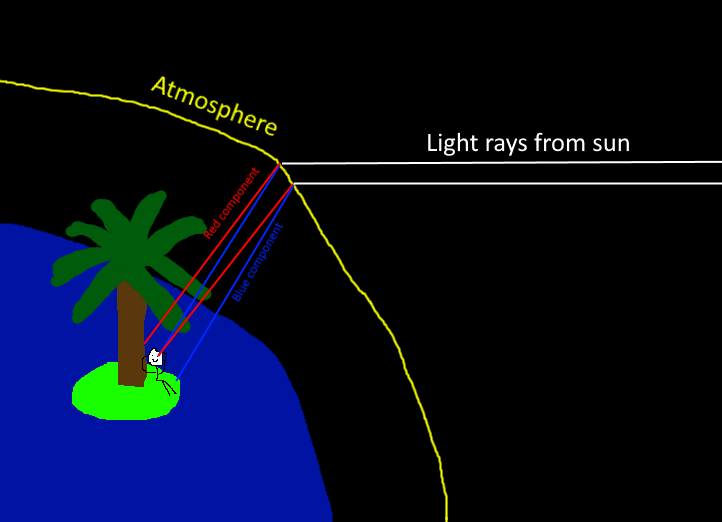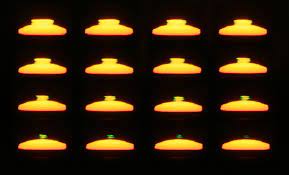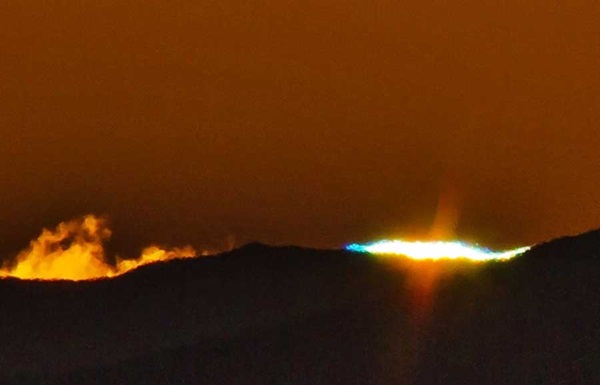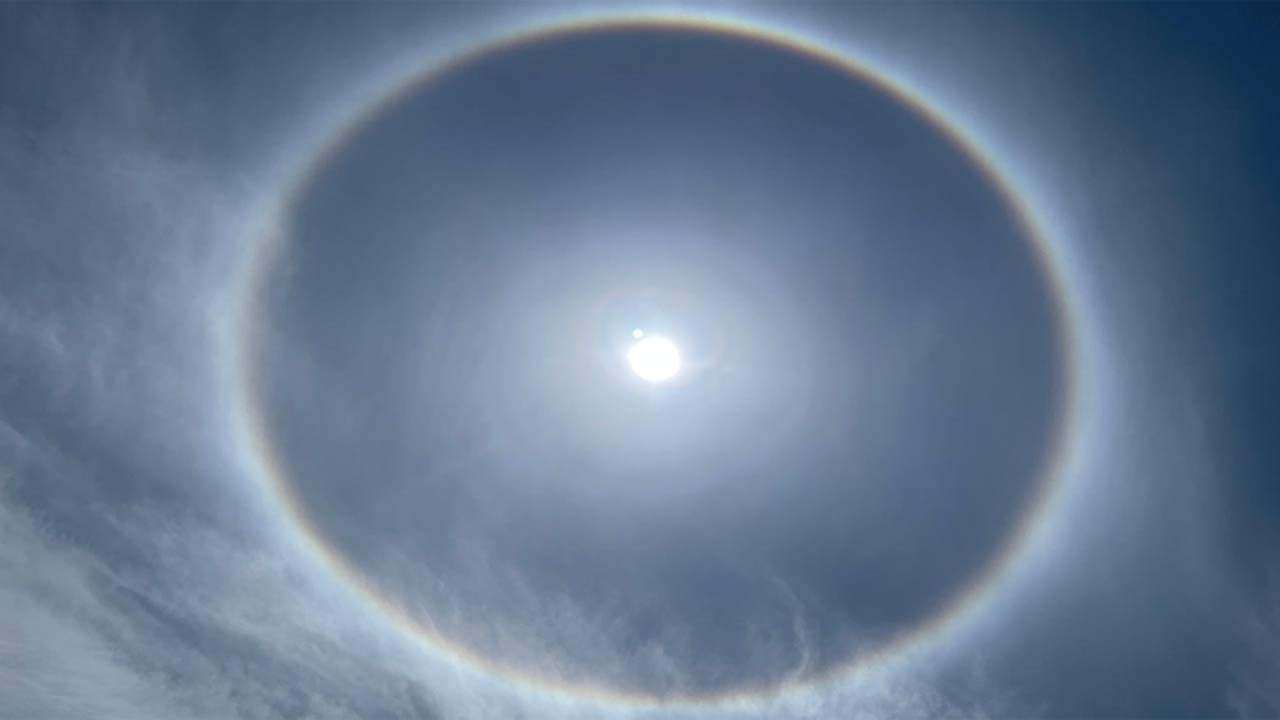The red and green (and even blue) rims of the solar disk do exist and can be observed. Ref. 1 shows some simulation results that let one see how the rims would be seen in an extremely clear atmosphere. Due to wavelength-dependent extinction, the green rim (that's at the top of the solar disk) is much less visible when the solar disk is at the horizon. But there are reports of blue and green edge disappearing last over the mountains—at elevations where optical depth difference is not as large as near true horizon.
Below is a result of a simulation of the solar disk at 2° over the horizon, through the US Standard Atmosphere, with aerosol optical depth unrealistically small to make the rims easily visible (image source: ref. 1).
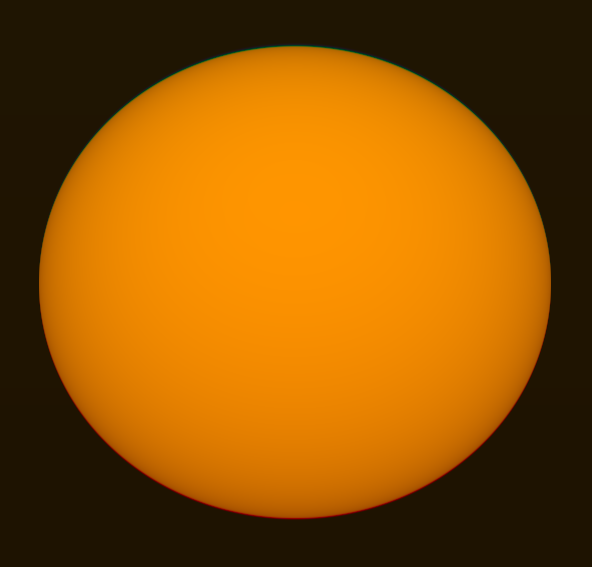
Of course, real atmosphere has more aerosols, and refractive index varies over the solar disk (so that even without mirages it appears "wavy"). These factors make such fine details hard to observe looking at the whole disk directly. And don't forget that, if you're looking at the solar disk without enlargement (just a solar filter), your eyes' resolution won't be large enough to notice the rims around the whole disk. Only by obscuring the disk with terrain will you be able to notice them.
In fact, I've found a great video (ref. 2) that shows a very magnified view of the Moon, where the blue rim is easily visible. It's definitely not chromatic aberration of the telephoto lens, because the mountain doesn't have a colored rim, while the faraway Moon does — and this still looks the same even when the lunar disk touches the mountain. Here's a screenshot from the video:

References
Andrew T. Young, Green and red rims
Daniel López, Moon Setting Behind Teide Volcano


